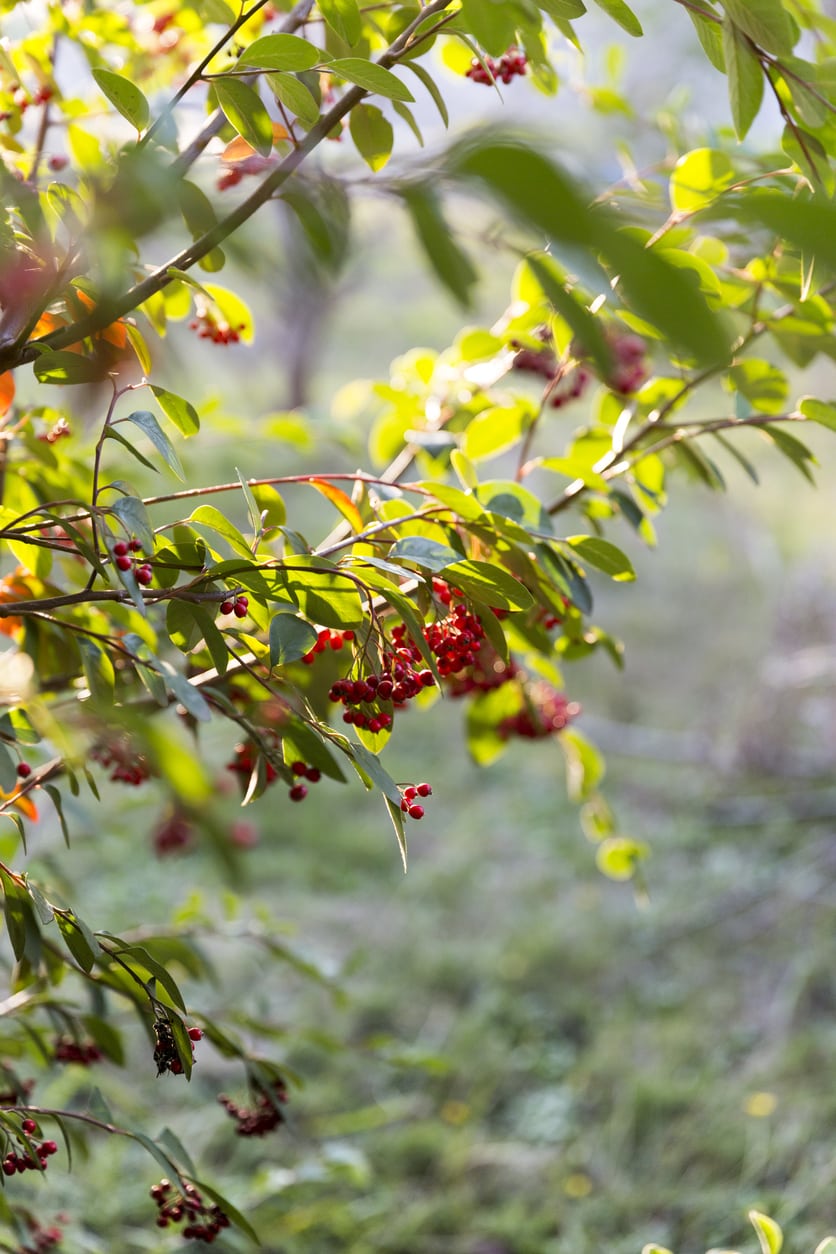Mayhaw Tree Varieties: Learn About Different Kinds Of Mayhaw Fruit Trees


Mayhaw fruit trees, related to apple and pear, are attractive, midsize trees with spectacular springtime blooms. Mayhaw trees are native to the swampy, lowland areas of the southern United States, growing wild as far west as Texas. Small, round mayhaw fruits, which look similar to small crabapples, are prized for making delicious jams, jellies, syrup and wine, but tends to be a bit too tart for eating raw. Read on to learn about some of the most popular types of mayhaw fruit trees.
Choosing Mayhaw Trees
Generally, mayhaw trees grow in USDA plant hardiness zones 8 through 10. If you live in a warm climate, consider varieties of mayhaw with low winter chilling requirements. If you’re in a more northerly area, look for hardy types of mayhaw that can tolerate cooler temperatures.
Mayhaw Tree Varieties
There are two main types of mayhaw, both of which are species of hawthorn – eastern mayhaw (Crataegus aestivalis) and western mayhaw (C. opaca). Of these varieties include a number of cultivars. Here are some of the more popular ones: T.O Superberry: Blooms in late winter, fruit ripens in April. Large, dark red fruit with pinkish flesh. Texas Superberry (also known as Mason’s Superberry): Popular mayhaw fruit trees with large, deep red fruit and pink flesh and is one of the earliest flowering mayhaw tree varieties. Superspur: Blooms late winter or early spring with fruit ready to harvest by late April or early May. Large fruit has reddish-yellow skin and yellow flesh. Saline: Blooms in late winter or early spring, mayhaw fruit ripens in late April or early May. Fruit is large and firm with reddish skin and pinkish-orange flesh. Big Red: This heavy producer blooms later than most and may not be ready to harvest until early June, having large red fruit with pink flesh. Crimson: Blooms in mid-March, ripens in late April or early May. Large, bright red mayhaw fruit has pinkish flesh. Turnage 57: Blooms in March and ripens in early to mid-May. Fruit is medium sized with pale red skin and yellow flesh.
Sign up for the Gardening Know How newsletter today and receive a free copy of our e-book "How to Grow Delicious Tomatoes".

A Credentialed Garden Writer, Mary H. Dyer was with Gardening Know How in the very beginning, publishing articles as early as 2007.